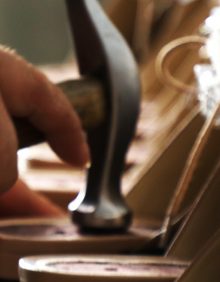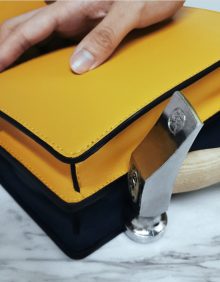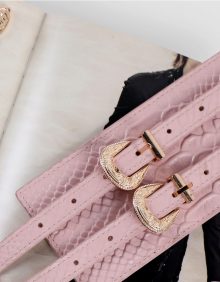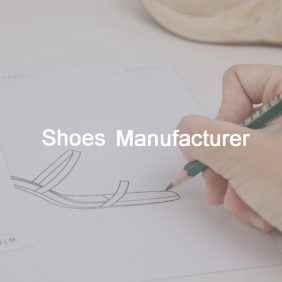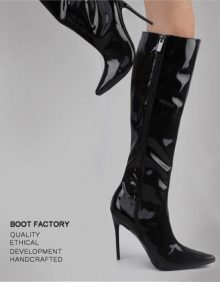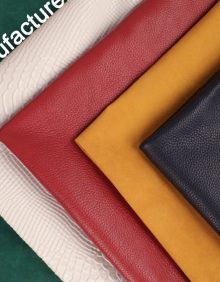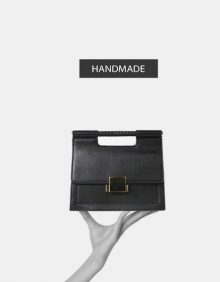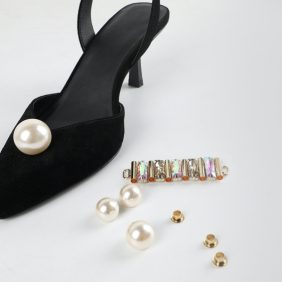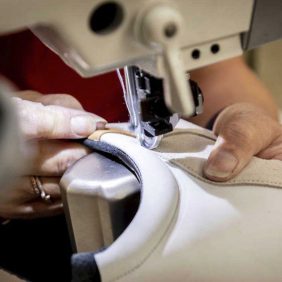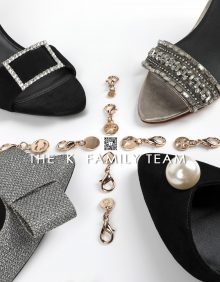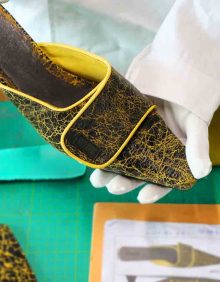Designer Solutions
How to making?
Heel Sandal Making Progress
Designer Solutions
How To Making ?
Heel Sandal Making Progress
Heel sandal is the best selling product among women consumers, almost each woman have one pair in their wardrobe. People can wear it on any occasions, like business meeting, interview, appointment, or a party.
Wearing heels are almost purely aesthetic, they make legs look longer and slimmer. They may give you the height you need to feel extra confident and even make you feel more attractive.
There are so many kinds of heels, like Stiletto Heel , Block Heel, Wedge Heel and so on. Different heel shape and height will provide different fits.
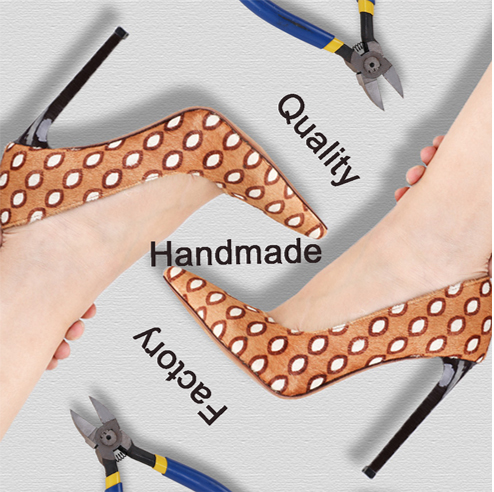

Stiletto Heel
Stiletto Heel is the most popular heel shape, a stiletto is a thin, tapering heel.
Heel height of Stiletto heels can range from 2 inches to a 7 or 8 inches, closed at the front, and came in a million different designs. A pair of black or nude stilettos are enough to cover you for office, party or anything casual. It also goes with any random outfit from your wardrobe.
Higher stilettos will usually have a platform on the front. A platform on a stiletto allows more comfort for the wearer and makes the shoe easier to walk in.
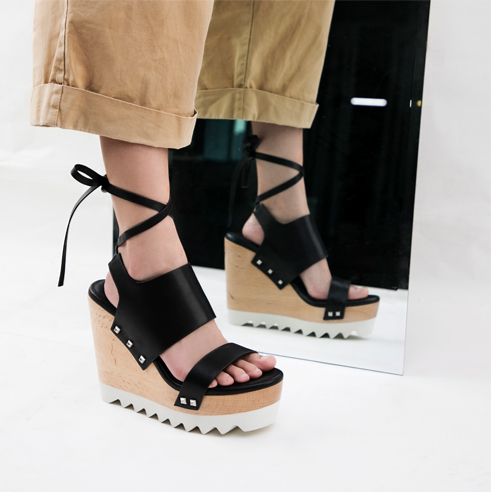

Wedge Heel
Wedge heel is a shoe with a wedge instead of a separated heel. It could be with any heel height. Wedge heels are flush just like a high heel would be, it is easier to walk in, and comfortable to wear. The wedge is a great alternative to a stiletto if you’re planning on walking them for a long time.
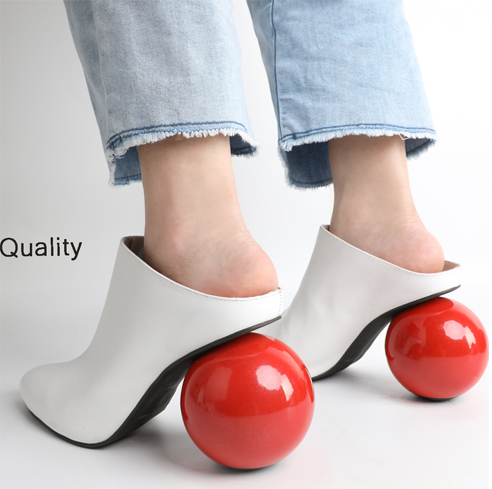

Block Heel
Block heel is chunkier than Stiletto Heel, it gives more support and more even distribution of weight. The heels are usually bulky and give you a solid base on which you can walk easily.
Block heel shape could be a low square heel or a round heel.
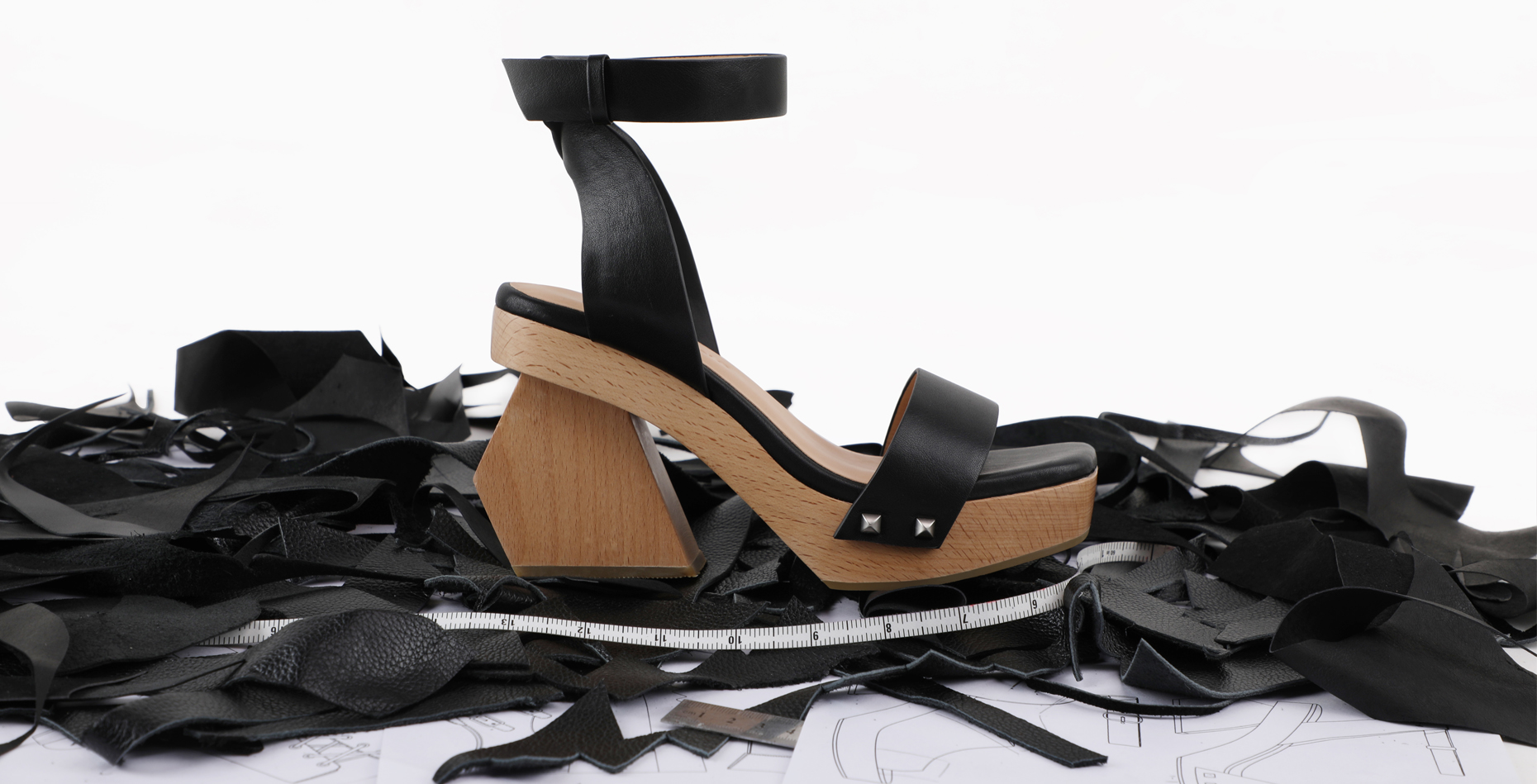

How to Making Heel?
The manufacturing process of different high heel shoes are the same. It consist of material cutting, stitching, lasting and shoe assembly. The whole shoe making progress involves individual tasks among several departments within the factory.


Cutting Materials
The shoe making process starts with cutting materials. All production materials will be confirmed before production.
Shoe parts are generally hand-cut into different pieces, every part for every size needs its own pattern pieces.
For strap sandal, upper and lining will be laminated together and then made it to be infinite length with correct width.
On this stage, material usage and wastage is the most important that need to be controlled, our workers are with decades of cutting experience, they have a good knowledge on how to cut the shoe uppers with the most usage and less waste.
Besides material cutting, some hand-work like skive edges, gauge marking are finished here before moving to stitching department.
Shoe technology like print, stamp or embroidery are made after shoe cutting finished.
Stitching shoe uppers
Once the shoe parts are cut, the stitching department takes over.
In the stitching department, the operations are divided into simple steps, leather pieces are stitched together. First the upper, then the lining. The toe and back heel is reinforced with a toe cap and counter.
To prevent the leather pieces off position during operation, Stitching workers usually attach one to one another at the edges with glue. First, the upper is stitched together, followed by the lining. After both upper and lining have been stitched together, the seams are neatened and loose thread are trimmed.
To make shape on the shoes, a counter is added between the upper and lining at the heel, and a toe cap is added at the tip of the shoe. Finally, the stitching stage is completed with the shoe size marked and move to next stage.
For strap sandal, we only need to cut the strap into correct length as per pattern of each size.
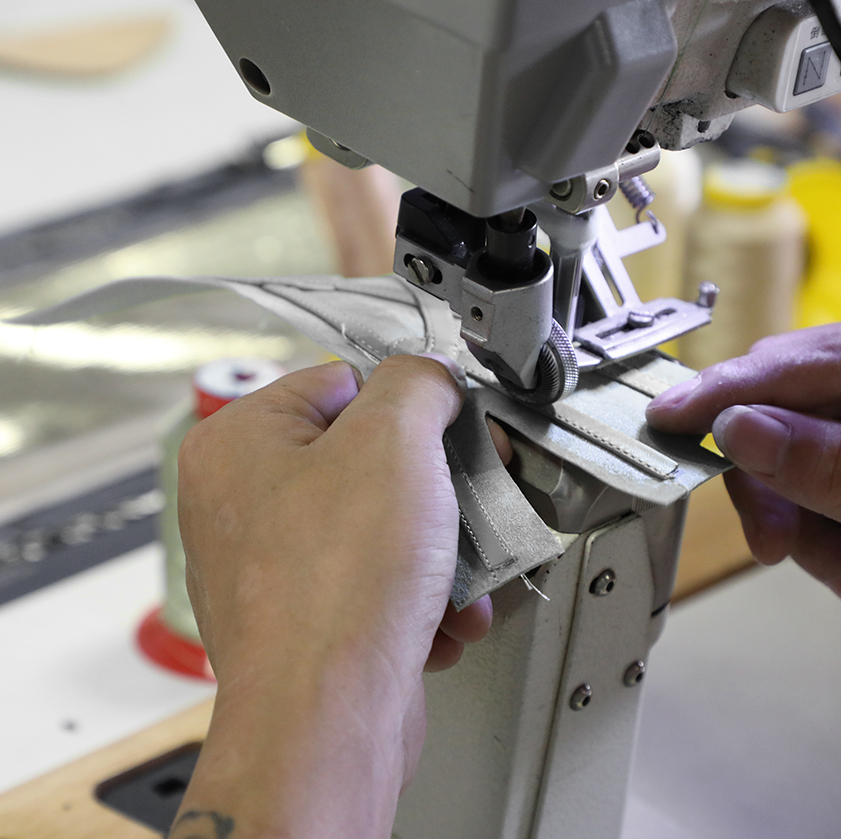

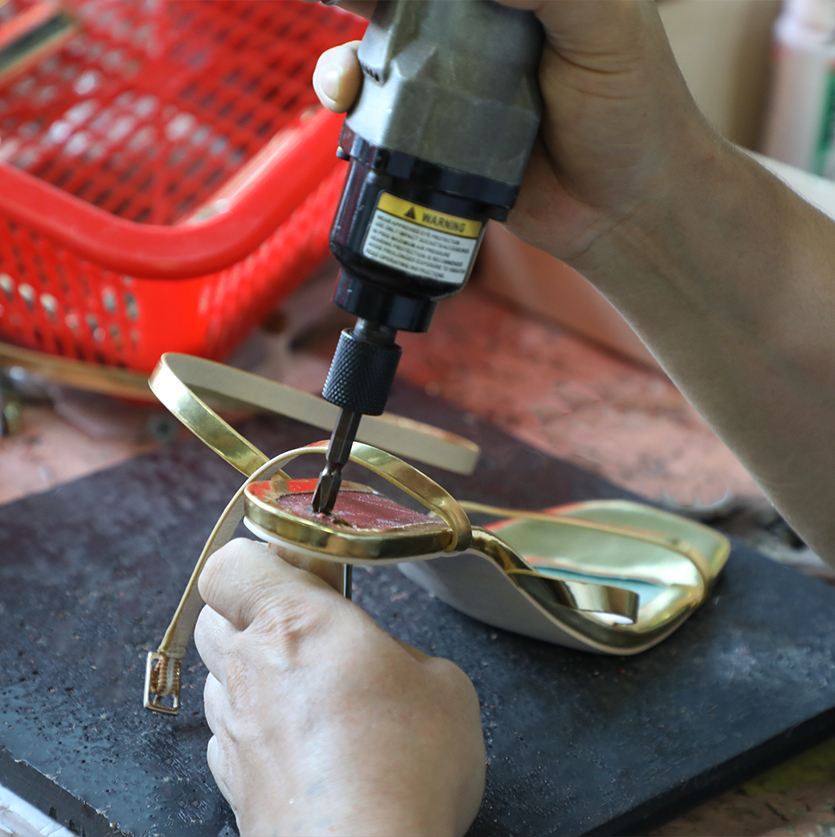

Lasting and assembly
This stage is to attach sole to finished upper and fix the heel on shoe, then a complete shoe finished.
When shoe upper finished, the upper is drawn into a shoe lasts, upper will fit tightly over the last for shaping. High heels are made in three separate sections—the upper, the sole, and the heel. Strong cement is used to bond the upper and sole together, and they will be put in a press for approximately 12 seconds to press the for a better bonding so that the upper and sole won’t peel off.
The heel itself will be attached to sole and screw it on shoe using nails, screw nails, tacks, or sets of molded prongs (or some combination), depending on the style and construction of shoes.
After heel screwed on shoe, the sock with padding will be insert inside of shoe, glue it and attach firmly. The sock will cover the area which screw the heel and it is for a more comfortable fitting.
Once heel screwed and sock attached, then a complete shoe finished. Our workers will clean the shoes and match in pair, ready for inspection
Quality Control
When a complete shoe finished, final inspection is the most essential step.
Quality control is a process which customers seek to ensure that product quality is maintained or improved. THE K FAMILY FACTORY QC team will do quality control for all products made, some of our clients will assign a third-party for final inspection after production ready.
Quality control help you determine the overall quality of your order, and determine the need to issue corrective actions before any products leave the factory. It also minimizes the amount of costly product defects. Inspections can detect merchandise containing non-standard or non-compliant components.
THE K FAMILY FACTORY team recommends the International Inspection Standard to determine the number of units that will be randomly selected for evaluation. Shoes are checked against a detailed inspection plan for appearance, applicable functionality, packaging integrity, workmanship, and your specific requirements. Discovered defects are classified as major, minor, or critical depending on inspection plans. If you have your QC standard and procedure, we will concern to follow your documentation.
And there are several types of inspections available throughout the production process. In-Process and Pre-Shipment inspections. As one of the longest serving inspection companies in Asia, one of our Inspection Manager are very capable to help choose the best source inspection service to fit your requirements.
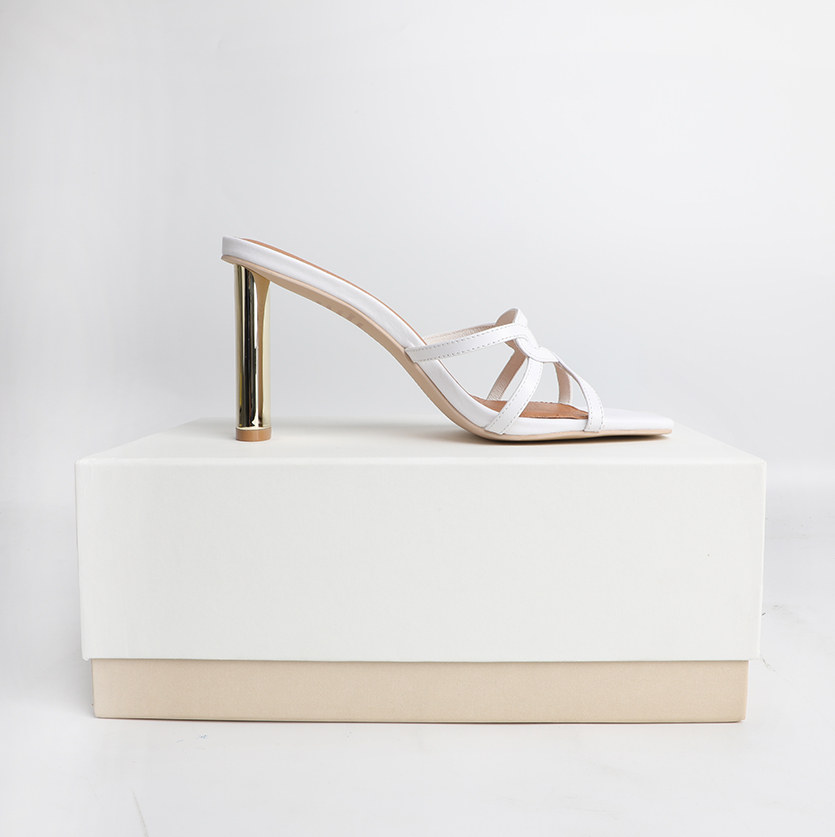

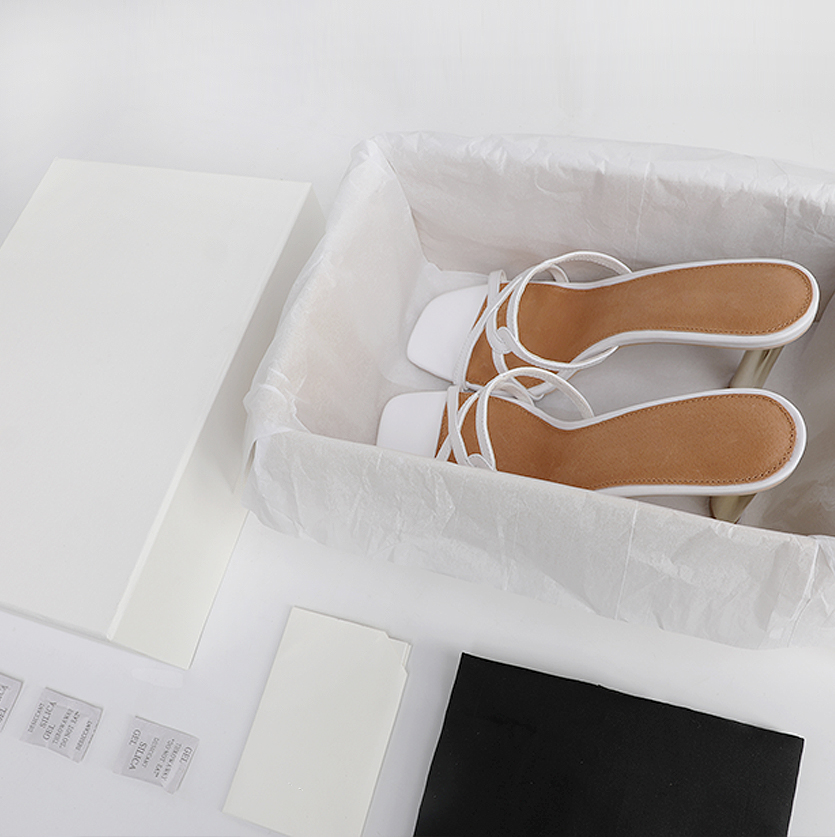

PACKING
After inspection finished, the completed pair of shoes is stuffed and wrapped with tissue paper and put in an appropriately labeled box. Cartons of boxes of the same style of shoe are packaged and prepared for shipment to the clients. Shoe packing varies from brand to brand, product to product, it provides protection against atmospheric moisture, dust, damage, shocks. A completed shoe packing is consist of several items.
Hand-made shoe box
Hand-made shoe boxes are available in different sizes and colors, most common used is black and white shoebox.
We also provide customized shoe boxes that meet requirements of each brand, customized shoe boxes are ideal for storing and exhibiting the shoes. Eye catching shoe boxes can have a greater impact on the overall sales.
Customized shoe box could be in any shape, color and size, like fold shoe box or multi-functional shoe box. Customers can design whatever you like according to you brand concept, needs and requirement.
Fold shoebox are easy to assemble, gets fold. When you don’t need it, you can put it in flat to save rooms.
Multi-functional shoe box, it could be a shoe box and also could be a gift box on some special event.
Shoe bag
Shoe bag is to protect shoes from dirty and dust when you don’t wear it. White bag are most common used if not customized.
For customized shoe bag, different bag quality like cotton, polyester and nylon are available . Customized shoe bag could be any size and color, brand logo could be added and we will make shoe bags as per different brand’s demands.
A customized shoe bag is also multi-functional. Shoe bags are great for organization and keeping them separate from the rest of your items. This is especially important if shoes get muddy and dirty. Shoe bags are washable and reusable, It can also be used as makeup bag, toiletries bags and for other uses.
Top quality wrapping tissue paper
Wrapping tissue paper is widely used in packing shoes, we normally wrap one shoe completely in tissue paper, then add the second shoe to the same sheet and finish wrapping. It prevents shoes from rubbing each other during transportation, especially for the shoes with metal hardware or metal heel. Most common used is white tissue paper.
Customized tissue paper in different color and size are available to clients, also branded logo could be printed on top of it.
Anti-mold desiccant
Anti-mold desiccant can be a small bag of silica gel or a sticker.
Anti-mold desiccant is used to absorb moisture content from the air, it is typically used in transport, storage of materials and products. Desiccants can be used to prevent shoes from moldy during long-time transportation, especially for sea shipment.

